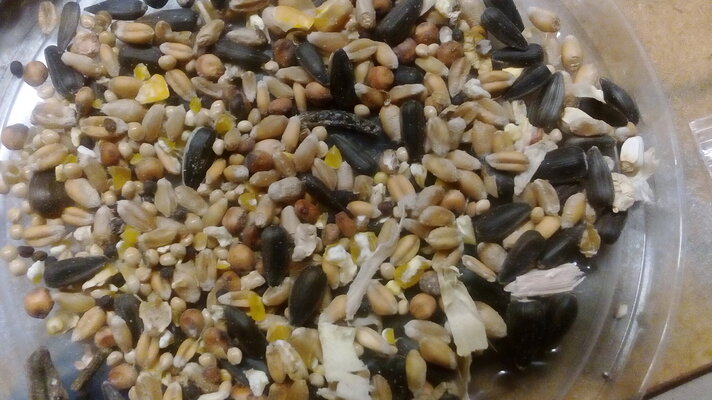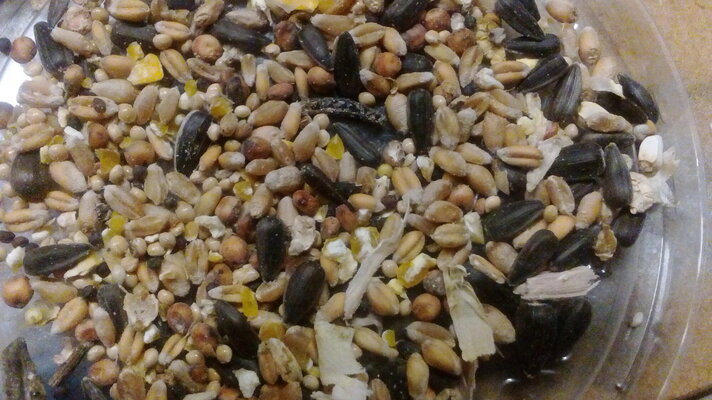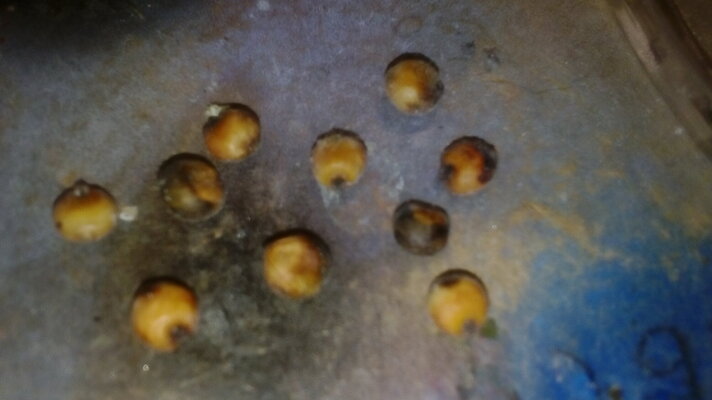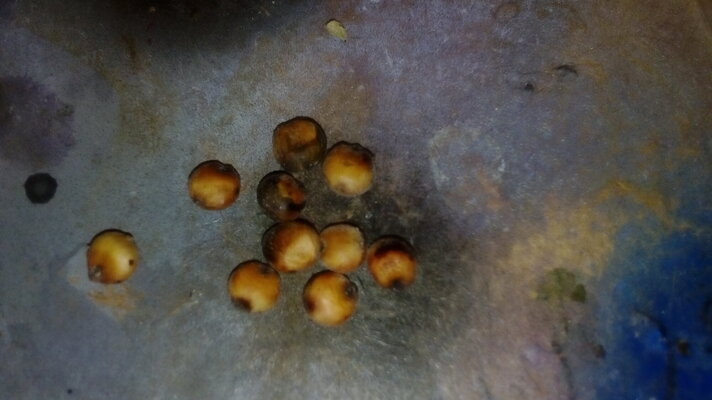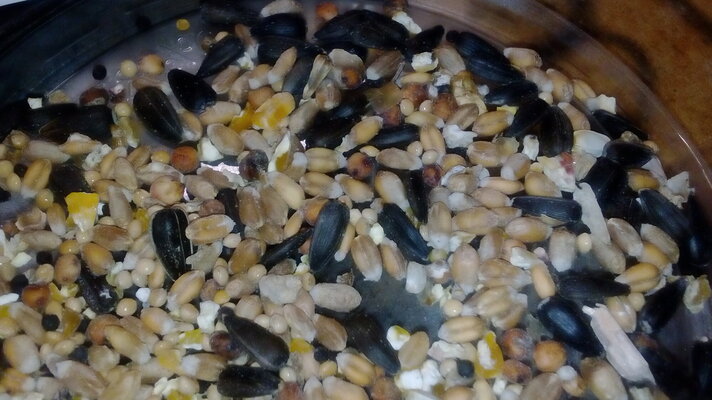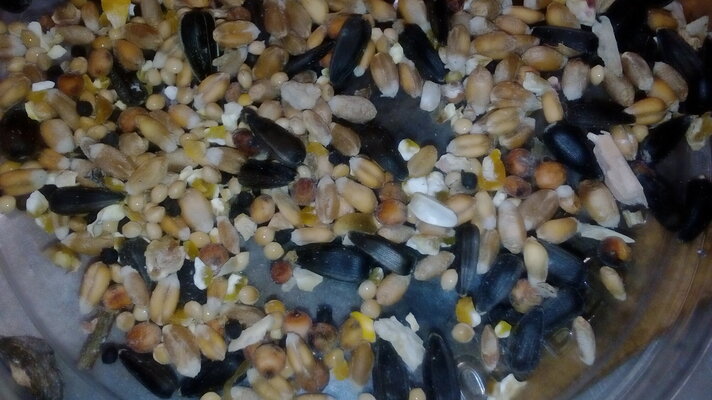Hi. Three months ago I hatched ten Bobwhite quail. They were in a batch of eggs being brooded by a hen who suddenly abandoned them, so I put them in an incubator afterwards. All seemed healthy except for one chick who was born last with badly splayed legs, who weakened and died within two weeks. The remaining birds are now about three quarters grown.
However, in the last week, I've had to isolate two females who seem to have come down with an illness of some sort. They have developed an awkward stumbling, hopping gait and have poor posture, often with slumped wings. Their breathing is perfectly normal, and their appetites seem intact, but they are distinctly lighter than their companions. They are currently in isolation together, but do not seem to be improving. They spend the majority of their time asleep, and are reluctant to move. When I prompt them (I.E nudge them awake), they will readily eat and drink, then settle back down and quickly go to sleep again.
Has anyone seen their condition before? Their droppings are slightly wetter than normal and slightly smellier, but not extremely so. If this is a disease it doesn't seem infectious, as the other birds are still all healthy.
For some extra context, I also keep guinea fowl and chickens, which are separated from the quail by wire. I also have an older male with these chicks who, many years ago, had a serious respiratory infection. I've heard they can sometimes remain carriers after infection, but his symptoms don't match these at all (he had trouble breathing, a swollen face and severe bubbled discharges from the eyes). From my own research, I'm somewhat leaning towards Coccidosis, but if anyone else has advice, I'd appreciate it.
However, in the last week, I've had to isolate two females who seem to have come down with an illness of some sort. They have developed an awkward stumbling, hopping gait and have poor posture, often with slumped wings. Their breathing is perfectly normal, and their appetites seem intact, but they are distinctly lighter than their companions. They are currently in isolation together, but do not seem to be improving. They spend the majority of their time asleep, and are reluctant to move. When I prompt them (I.E nudge them awake), they will readily eat and drink, then settle back down and quickly go to sleep again.
Has anyone seen their condition before? Their droppings are slightly wetter than normal and slightly smellier, but not extremely so. If this is a disease it doesn't seem infectious, as the other birds are still all healthy.
For some extra context, I also keep guinea fowl and chickens, which are separated from the quail by wire. I also have an older male with these chicks who, many years ago, had a serious respiratory infection. I've heard they can sometimes remain carriers after infection, but his symptoms don't match these at all (he had trouble breathing, a swollen face and severe bubbled discharges from the eyes). From my own research, I'm somewhat leaning towards Coccidosis, but if anyone else has advice, I'd appreciate it.





